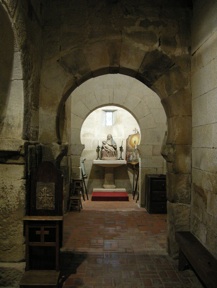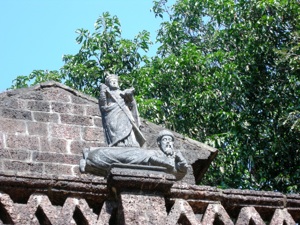Antagonistic Tolerance:
An International & Interdisciplinary Project
on Competitive Sharing of Religious Sites
Antagonistic Tolerance:
An International & Interdisciplinary Project
on Competitive Sharing of Religious Sites
The Antagonistic Tolerance Project is a comparative and interdisciplinary study of religious sites that are both shared and contested by members of different religious communities. The AT model applies to settings in which groups of people who identify themselves and each other as Self and Other, primarily on the basis of religion, live intermingled for generations, but intermarriage is strongly discouraged. Political control by one of these groups is indicated by control over key religious sites. When the dominance of one group is clear, or when both are dominated by an intervening power (colonialism providing good examples), interaction is largely peaceful and sites are often shared, visited by members of both religious groups. In such situations, the symbols, iconography and ceremonial practices of one group will be dominant but religious syncretism often occurs. When dominance becomes threatened, violence often occurs; and when dominance is overthrown, major religious sites are radically transformed, either changed into the sites of the newly dominant religion (e.g. the Church – Mosque conversion of Hagia Sofia in Istanbul in 1453 or the Mosque - Cathedral conversion in Cordoba after 1236).
Thus far, the AT project has analyzed sites in Bulgaria, India, Mexico, Peru, Portugal and Turkey, using the methods and theories, variously, of ethnography, history, ethnohistory, archaeology, and religious studies.
Participants: One way to look at our team is to see us as anthropologists, archaeologists, an historian, an art historian and a scholar of religious studies; another is to see us as several Americans, two Turks, an Indian, a Mexican, a Serb and a Peruvian. All of us work within regions in which we have long had research experience but also are involved in research with our colleagues in places they know but the rest of us do not. Our intense mixing of disciplinary perspectives and regional expertise is, we think, rare if not unique: all sites are analyzed by at least one scholar who is new to the subject region and its literature as well as at least one who has long worked there.
Publications and Working Papers

The life and existence of every great, beautiful and useful building, as well as its relation to the place where it has been built, often bears within itself complex and mysterious drama and history.
Ivo Andrić, The Bridge on the Drina




